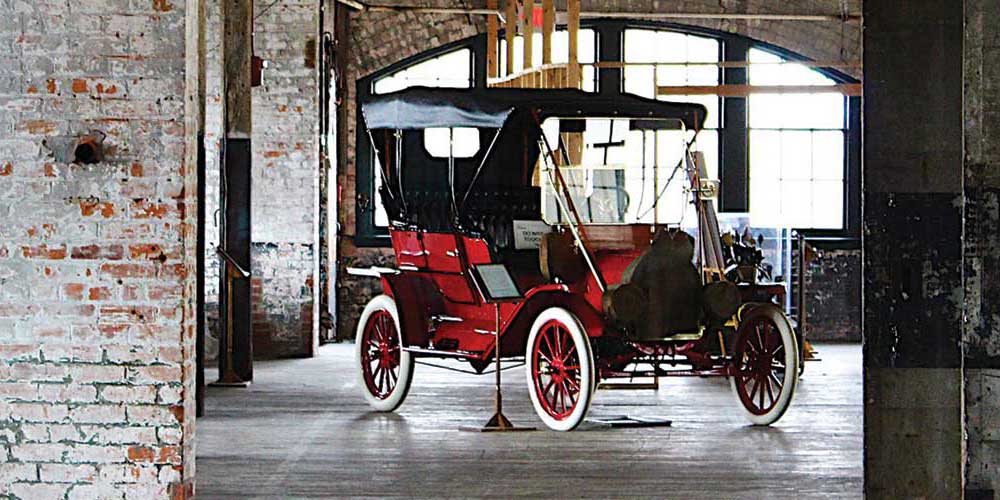By Robert Tate, Automotive Historian and Researcher
Images Courtesy of General Motors Heritage Archives
Published 10.5.2022

One of the most popular General Motors show cars of the 1960s was the 1969 Astro III concept. Developed under the great leadership of Bill Mitchell, the Astro III show car was an experimental two-passenger turbine model introduced during a time when Chevrolet’s research into futuristic design and engineering offered new ideas for the next generation of automobiles.
The Astro III show car featured a jet aircraft design look that most consumers admired and liked. It was designed for high performance. The pearlescent fiberglass body was different by design compared to many other show cars at the time, attracting a great deal of attention at the Detroit Auto Show (pictured above).
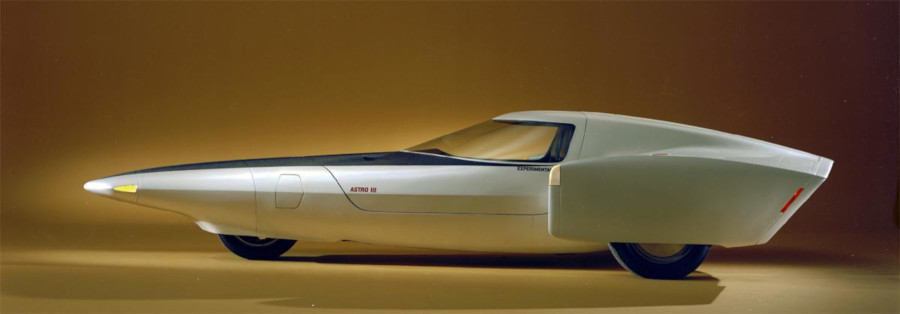 Chevrolet Astro III concept car (GM Heritage Archives)
Chevrolet Astro III concept car (GM Heritage Archives)
The concept was unique with its tricycle-type wheel arrangement. The model was powered by a 250-C18 gas turbine engine. The aircraft interior was black, and the front wheels could easily be steered by power-assisted pistol-grip lever controls by the driver. The rear end design provided the driver with a closed-circuit television viewing screen mounted on a console between both passenger seats that providing an additional view when in motion.
 Astro III concept car (GM Heritage Archives)
Astro III concept car (GM Heritage Archives)
The Astro III show car was different and became a great marketing tool for General Motors advertising campaigns. It was the third in a series of Astro concepts introduced by the GM design team. The purpose of these design concepts created between 1967 and 1969 was to enable GM to explore the boundaries between beauty and low drag forms. The Astro III concept was only three feet high, making it the lowest concept model ever created and designed by GM. Some automotive historians called the Astro III show car a very radical design.
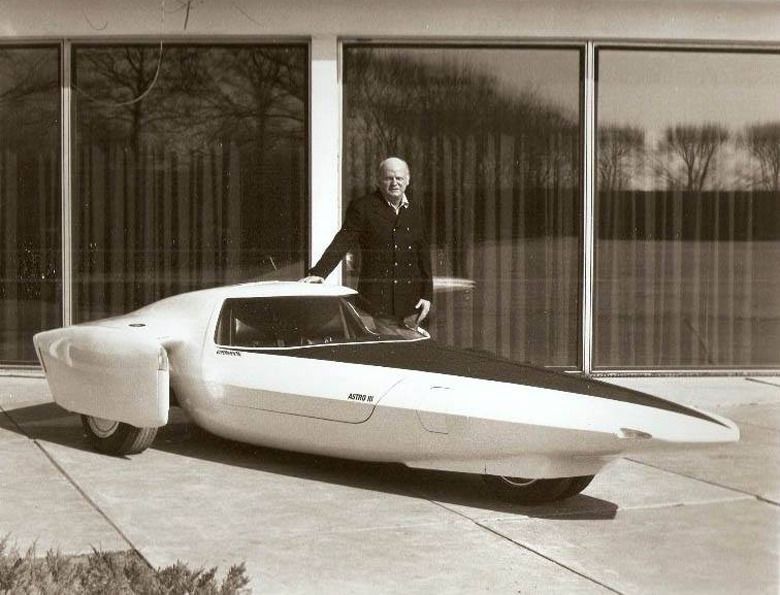 Bill Mitchell standing next to the Astro III concept car
Bill Mitchell standing next to the Astro III concept car
The model’s name Astro III was branded with the Chevrolet name plate for identification. However, the vehicle looked like it could have never been driven on the highway or street due to its size.
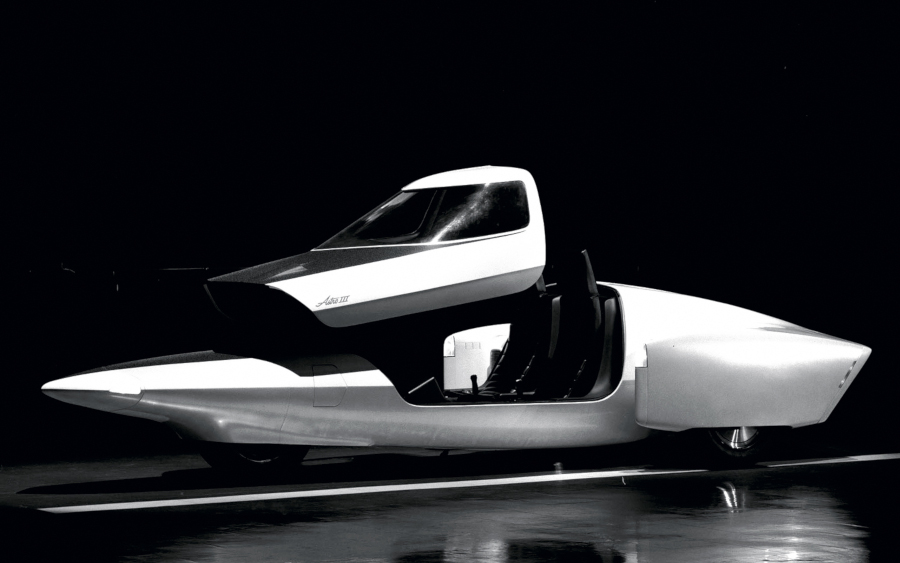 Chevrolet Astro III in black and white
Chevrolet Astro III in black and white
The Astro III was first displayed at the Chicago Auto Show, and many consumers really enjoyed the interior design that could be described as a fighter aircraft design with great rear end visibility for the driver and passengers. The front wheel design was closely mounted together to represent that three-wheeled show car look. For many years, tricycle-type automobile designs had been completely acceptable with regard to their handling and performance. However, the key to good stability for a three-wheeled type of automobile is the placement of the center of gravity.
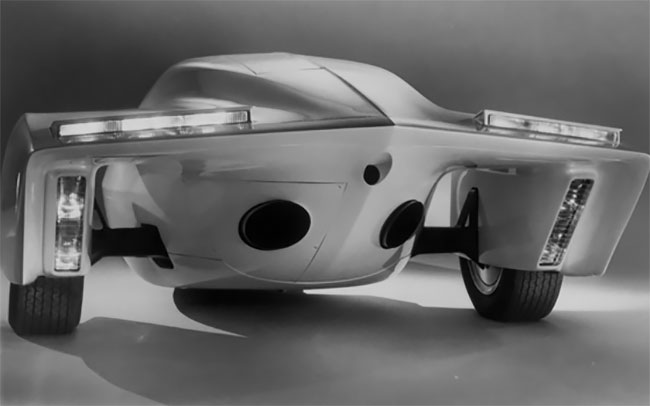 Black and white image of the Astro III rear end design
Black and white image of the Astro III rear end design
The Astro III concept model started as a collaboration between GM design and research staff. It was one of an extended series of a mid-engine concepts created by Bill Mitchell and Corvette chief engineer Larry Shinoda, designed with future Corvette proposals in mind. The Astro III was inspired by contemporary business jets, which incorporated a lift-up canopy for easy access for the driver.
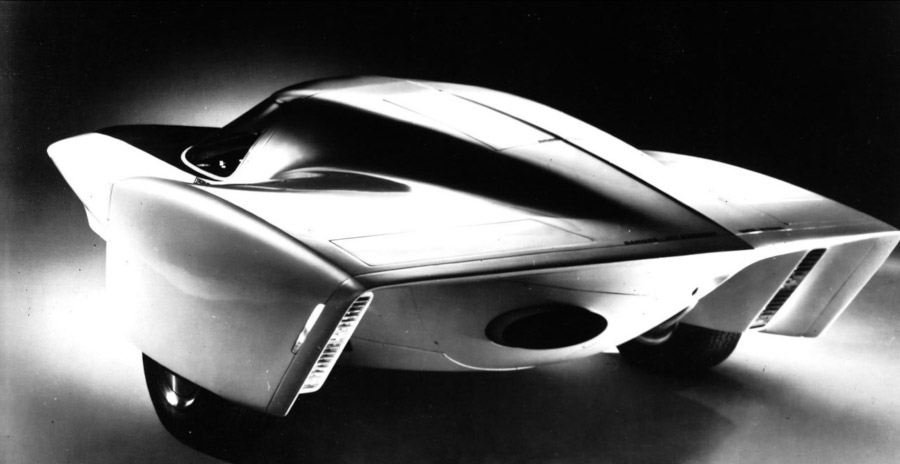 Another rear view of the Chevrolet Astro III
Another rear view of the Chevrolet Astro III
In conclusion, while the Astro III show car made a few show appearances, there was very little interest in three-wheeler auto designs. Today, the Astro III concept model still exists and is part of the GM Heritage Collection. For more information on the Astro III concept, please contact the GM Heritage Center at www.gmheritagecenter.com or call 586.276.1498.
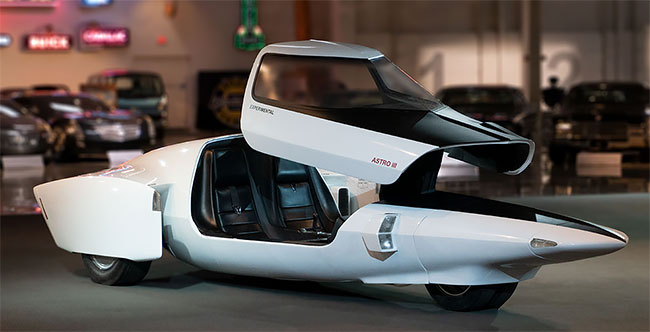 The Astro III at the GM Heritage Center
The Astro III at the GM Heritage Center
Bibliography
Conceptcarz. “From Concept to Production: 1969 Chevrolet Astro III Concepts.”
Wapling, Greg. “Prototypes and Concept Cars, 1969 Chevrolet Astro III.” Hot Rods Down.
Blackwell, Nigel. “Chevrolet Astro III.” Blog.


